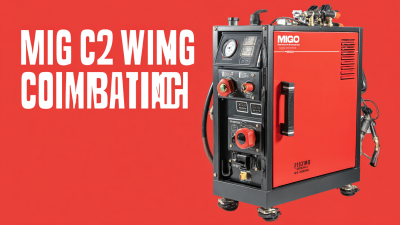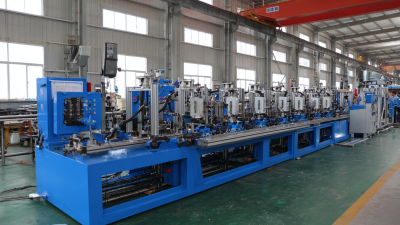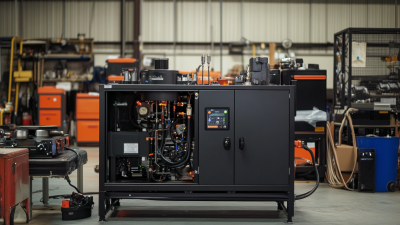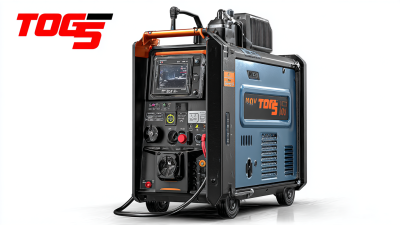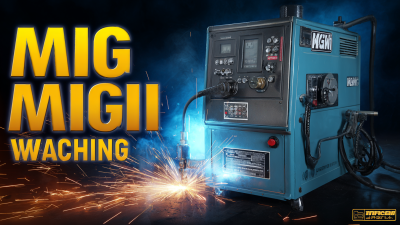When it comes to welding, selecting the right equipment is crucial for achieving high-quality results, particularly for novice and experienced welders alike. Among the various welding options, the Gas Mig Welder stands out for its versatility and efficiency. According to a report by the American Welding Society, approximately 60% of welders prefer MIG (Metal Inert Gas) welding due to its ease of use and ability to produce clean welds. The market for MIG welders is projected to grow at a compound annual growth rate (CAGR) of 4.5% through 2025, further emphasizing the importance of understanding the features and specifications of Gas Mig Welders. In this blog, we will guide you through essential factors to consider when choosing the best Gas Mig Welder for your specific welding projects, ensuring you invest wisely in equipment that meets your needs and enhances your welding capabilities.
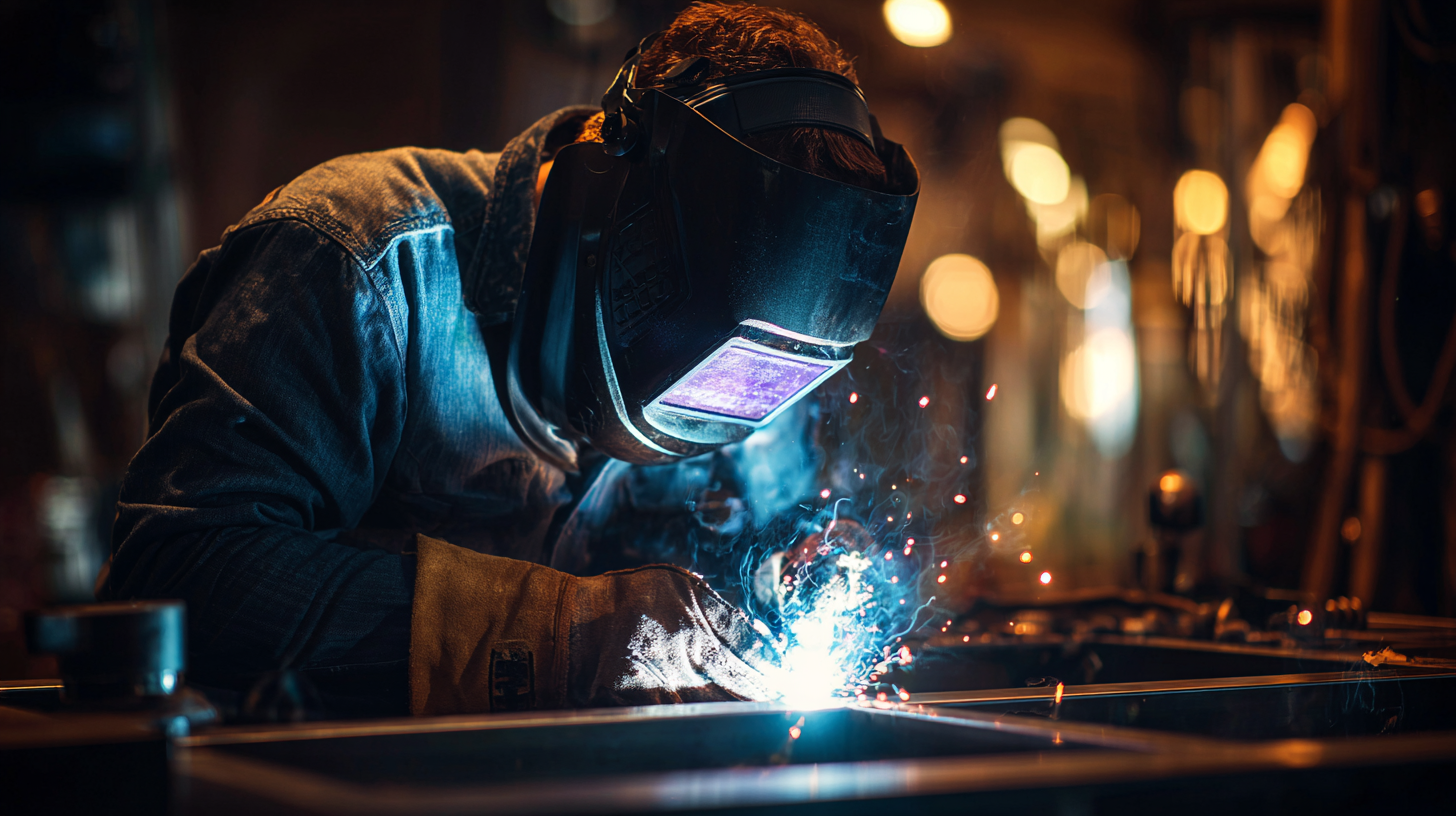
When selecting the best gas MIG welder for your welding projects, it’s crucial to understand the different types of gas MIG welders available on the market. Gas Metal Arc Welding (GMAW) can be performed using a variety of shielding gases, with argon and carbon dioxide being the most common combinations. Pure argon is often utilized for welding non-ferrous metals such as aluminum, while a mix of argon and carbon dioxide provides better penetration and is widely used for steel, enhancing its versatility across different materials.
Another aspect to consider is the welder's power source and portability. Gas MIG welders can be either gas-shielded or dual-shielded, where dual-shielded units offer additional flexibility for outdoor welding, protecting the arc from wind. Additionally, choosing between a transformer-based, inverter-based, or multi-process welder can influence not just the performance but also the weight and mobility of the unit, making it essential to match these characteristics to your specific applications. Ultimately, understanding these types helps you make an informed decision that aligns with both your welding requirements and project conditions.
When selecting a high-quality gas MIG welder, several key features are essential to ensure optimal performance and efficiency in your welding projects. First and foremost, consider the power output. According to a recent industry report, welders with an output range of 180 to 250 amps are ideal for most applications, providing adequate power for both thin and thicker materials. This versatility is vital, as it allows you to switch between different welding tasks without needing multiple machines.
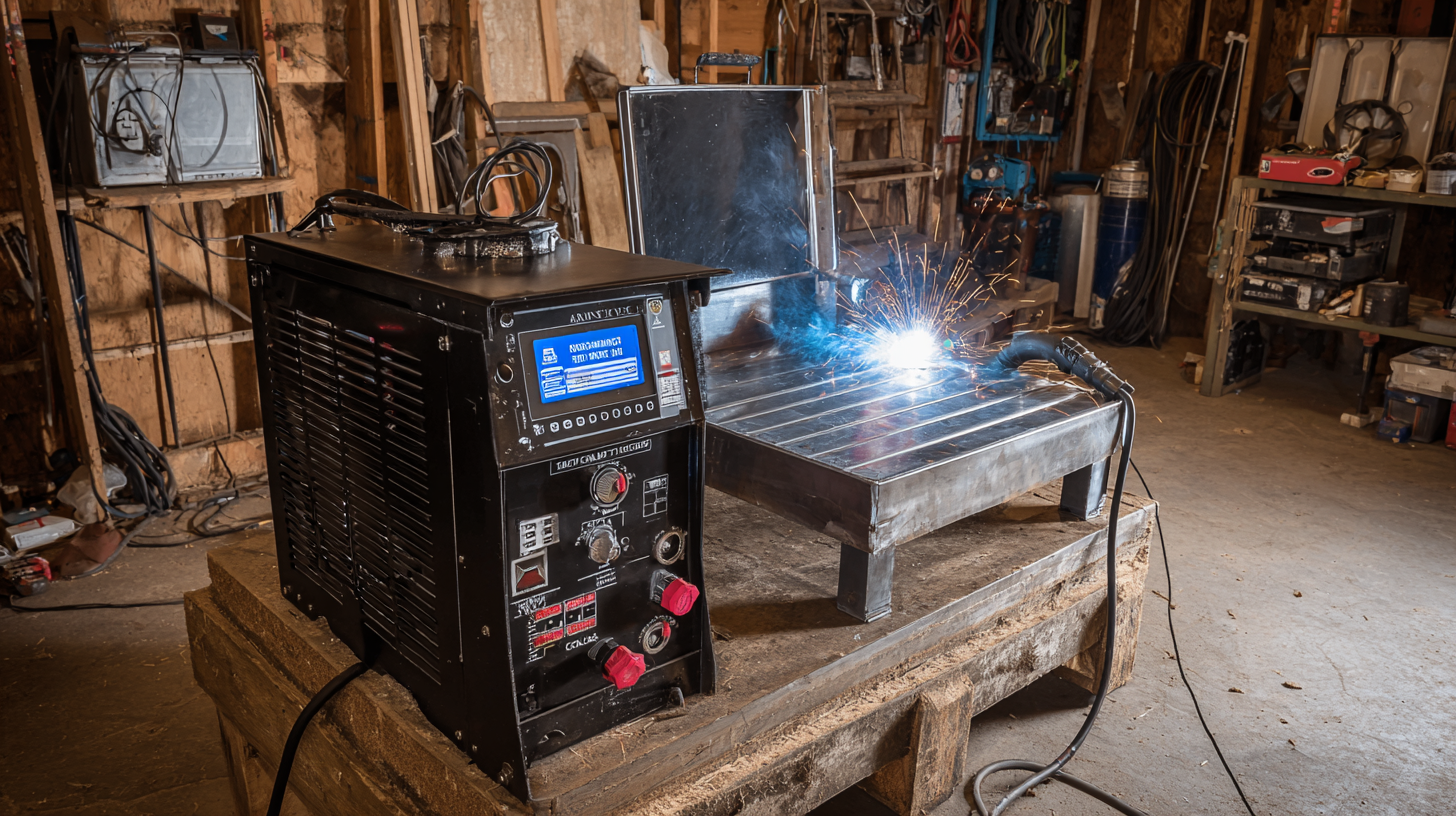
Another critical feature to evaluate is the type of gas used in the MIG welding process. The most common gases are argon, CO2, or a mix of both. A study by the American Welding Society indicates that using a gas mixture can improve arc stability and reduce spatter, resulting in cleaner welds. Additionally, adjustable feed speeds and wire diameters are important for achieving precise welds; options typically range from 0.030 to 0.045 inches for varying thicknesses of metal. Investing in a welder with these features not only enhances your welding quality but also increases your overall productivity.
When selecting the best gas MIG welder for your projects, understanding the duty cycle is crucial. The duty cycle represents the percentage of time a welder can operate within a specific period, typically measured over a 10-minute interval. For instance, a duty cycle of 60% at 200 amp means you can weld for six minutes and must then let the welder cool for four minutes. A higher duty cycle indicates better efficiency and allows for longer, uninterrupted welding sessions, making it essential for both hobbyists and professional welders.
Tip: Always look for a welder with a duty cycle that aligns with the type of projects you plan to undertake. If you're doing frequent, heavy-duty welding, opt for a model with at least a 60% duty cycle at higher amperage. This will ensure that your welder can keep up with the demands of your work without overheating.
Another important consideration is the welding material and thickness. Different materials may require different heat levels, which directly impacts the duty cycle. For instance, welding thicker materials typically requires higher settings, which can decrease the duty cycle.
Tip: Test your MIG welder with various materials to gauge its performance and adjust your settings accordingly to maintain an efficient workflow. This way, you’ll maximize both your welder's potential and the quality of your welds.
When selecting the best gas MIG welder specifically tailored to your budget, it’s essential to navigate the price ranges wisely. With options available from economical models ideal for beginners to premium machines laden with advanced features, finding a welder that meets both your needs and financial constraints is crucial. Analyzing the specifications and capabilities in line with your project requirements can help you make a more informed decision, ensuring you invest in a welder that will deliver versatility and efficiency.
In a fluctuating market where property values in certain regions are affected by changes in the oil and gas sector, consumers must also be mindful of how such economic dynamics might influence the pricing of welding equipment. Whether you’re working on personal projects or professional tasks, understanding how to evaluate the cost-effectiveness of various MIG welders can aid you in maximizing your investment. Each budget-friendly option may come with trade-offs, so it’s important to prioritize features that align with your specific welding objectives while remaining within your financial means.
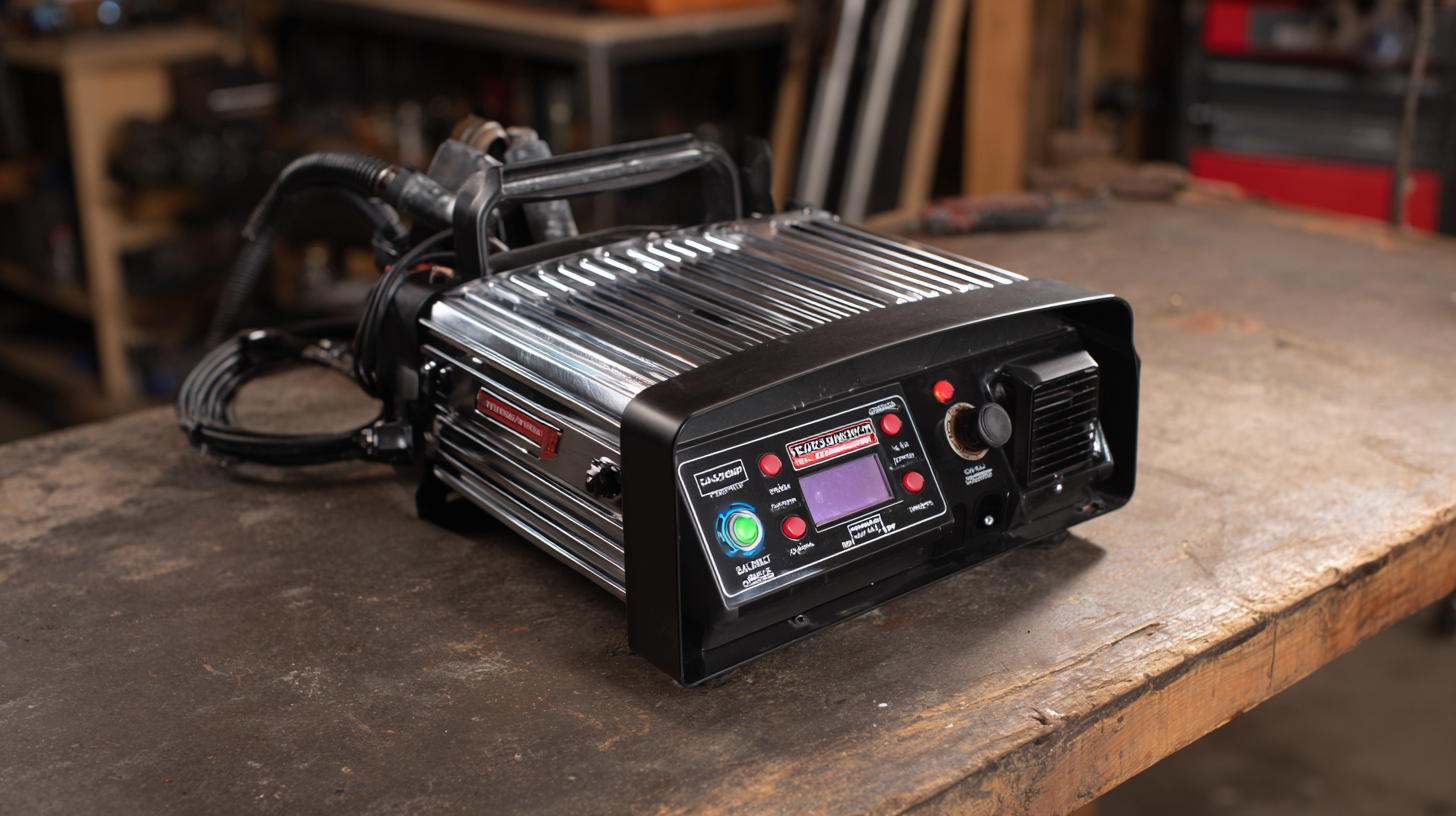
When engaging in gas MIG welding, safety should be your top priority. As with any welding process, the right protective gear is crucial for preventing injuries and ensuring a safe working environment. First and foremost, invest in a high-quality welding helmet that includes an auto-darkening feature. This will provide optimal eye protection from the bright arc produced during welding while reducing the need to manually lower the helmet. Additionally, gloves designed specifically for welding should be worn to protect your hands from heat, sparks, and potential cuts.
In addition to personal protective equipment, creating a safe work area is essential. Ensure that your workspace is free from flammable materials and that proper ventilation is in place to dissipate any harmful fumes generated during the welding process. It’s also wise to have a fire extinguisher on hand, easily accessible in case of emergencies. Regularly inspect your equipment to ensure everything is functioning correctly, as failing tools can lead to accidents. Adopting these safety practices not only protects you but also enhances the overall quality of your welding projects.
